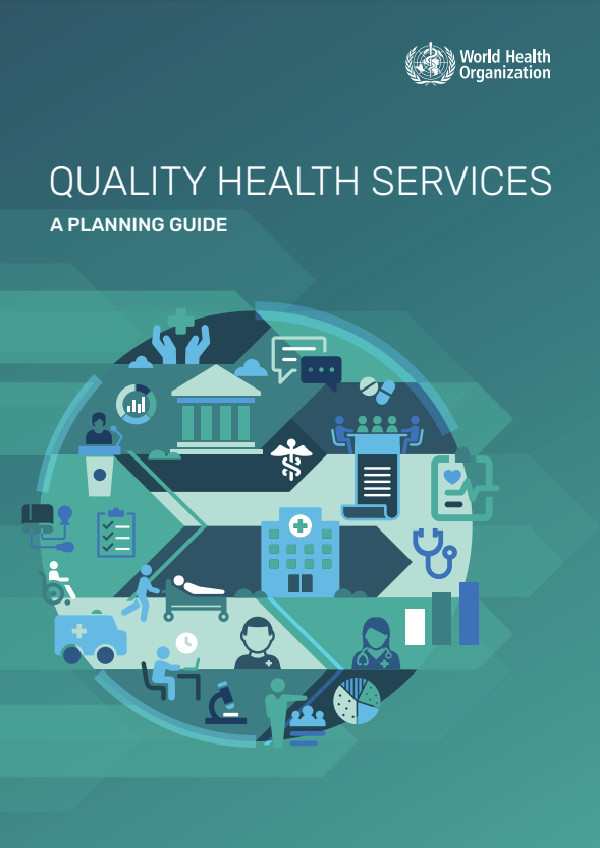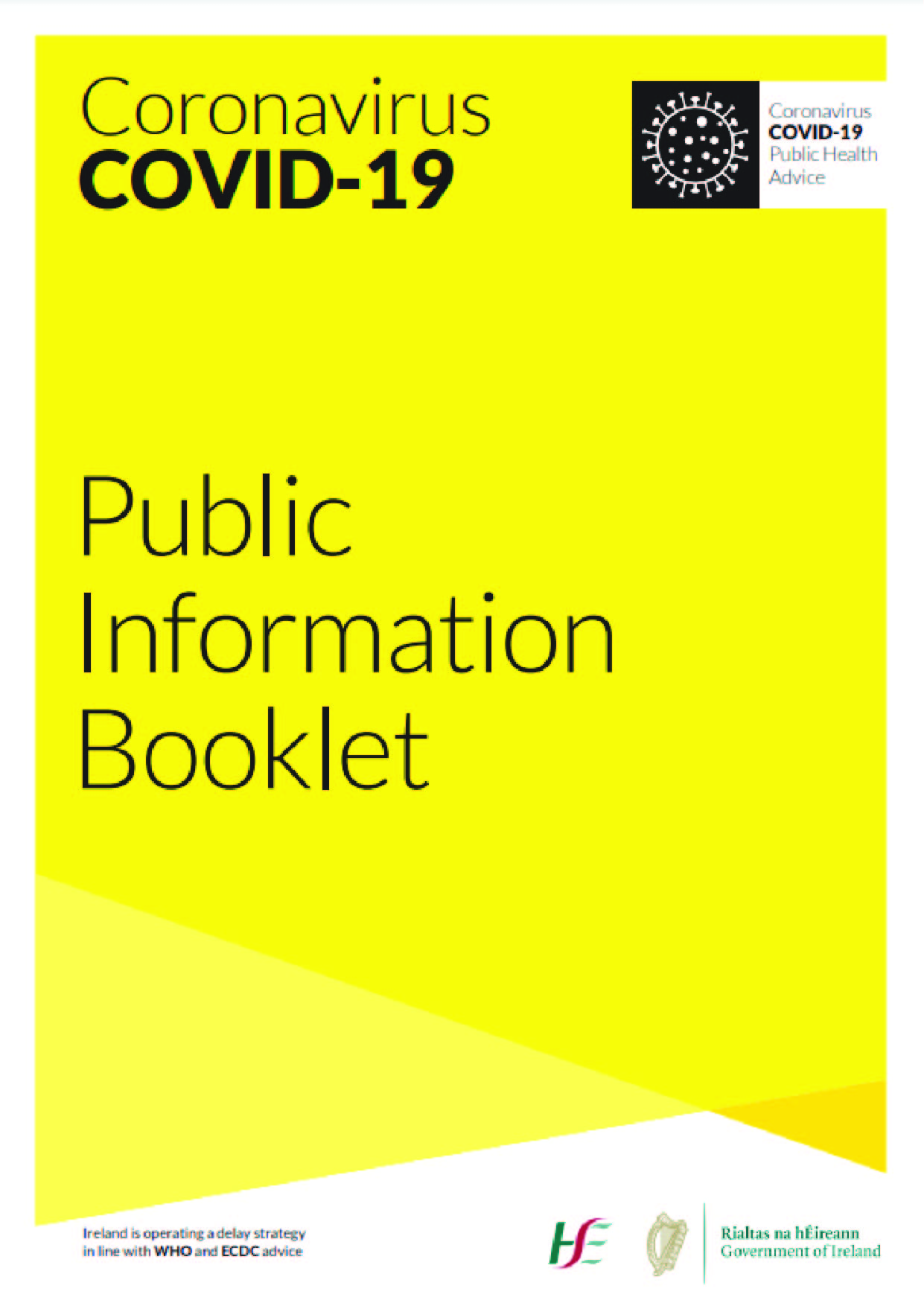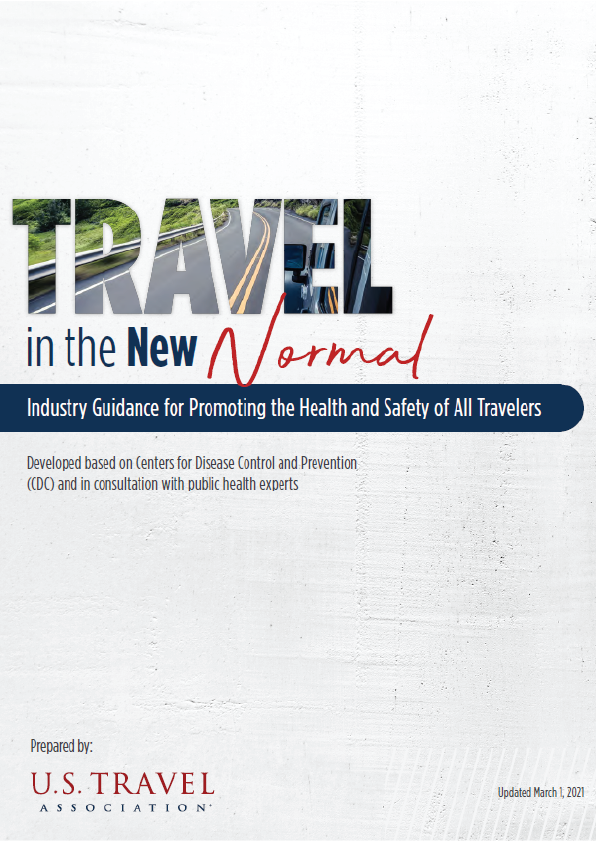Quality health services: a planning guide provides practical guidance to plan for quality health services. A broad body of existing theories related to promoting quality of health services has informed the content presented here.
Why quality?
Quality of health services is critical to achieving universal health coverage (UHC). Overall, between 5.7 and 8.4 million deaths are attributed to poor quality care each year in low- and middle-income countries, which accounts for up to 15% of overall deaths in these countries (1). The occurrence of adverse events, resulting from unsafe care, is considered to be one of the 10 leading causes of death and disability worldwide. Improving access to health services must go hand in hand with improving the quality and safety of these services. Further, poor quality health services – particularly unsafe care – can decrease people’s trust in the health system. Indeed, there is an urgent need to place quality at the centre of national-, district- and facility-level actions in order to progress towards UHC.
What do we mean by quality?
There is growing acknowledgment that quality health services across the world should be (2):
- effective: providing evidence-based health care services to those who need them;
- safe: avoiding harm to people for whom the care is intended; and
- people-centred: providing care that responds to individual preferences, needs and values.
In addition, to realize the benefits of quality health care, health services must be:
- timely: reducing waiting times and sometimes harmful delays for both those who receive and those who give care;
- equitable: providing care that does not vary in quality on account of age, sex, gender, race, ethnicity, geographic location, religion, socioeconomic status, linguistic or political affiliation;
- integrated: providing care that is coordinated across levels and providers, and makes available the full range of health services throughout the life course; and
- efficient: maximizing the benefit of available resources and avoiding waste.
Of note, unsafe health care causes a significant amount of avoidable patient harm, human suffering and negatively affects the quality of health services provided. Estimates show that in high-income countries, as many as one in ten patients is harmed while receiving hospital care (2). In low- and middle-income countries, recent evidence suggests that 134 million adverse events occur each year due to unsafe care in hospitals (3). Indeed, patient safety is a fundamental aspect of quality care and it is often used as a key entry point to improve the quality of health services.
Of further note, the description of quality health services spans promotion, prevention, treatment, rehabilitation and palliation, and implies that quality of care can be measured and continuously improved through provision of evidence-based care that reflects the needs and preferences of service users. To help readers navigate the various uses and definitions of quality-related terms, links to several relevant glossaries are presented in Annex 1.
In 2018, three publications shone a spotlight on quality of health services (1,2,4). The World Health Organization (WHO), the World Bank, the Organisation for Economic Co-operation and Development (OECD), the National Academies of Sciences in the United States of America and the Lancet Global Health Commission all called for quality to be a core UHC consideration. As summarized by the WHO Director-General, without quality, UHC remains an empty promise (5). To capitalize on this global focus, action is clearly required.
To support the necessary action, answers are needed to some of the most burning questions on quality of health services. Questions such as: What do health leaders across all levels of the system need to do? How will they take the necessary actions? What are the essential linkages between national, district and facility level action to enhance quality of health services? What principles need to be considered? What capacities are required to support action for quality? What are some of the initial steps? What are the ongoing activities that need to be sustained? These are some of the questions that this planning guide aims to address.











